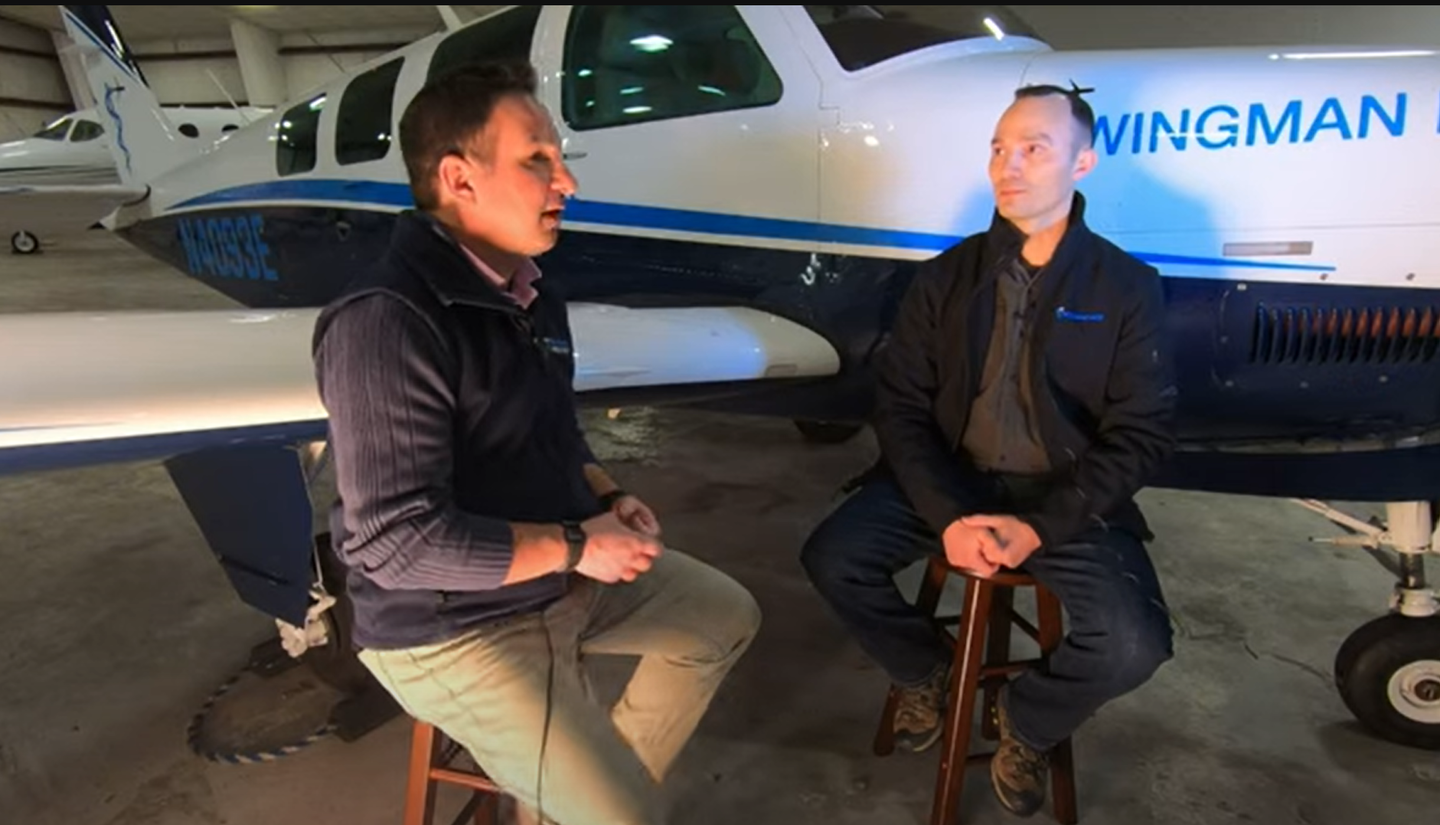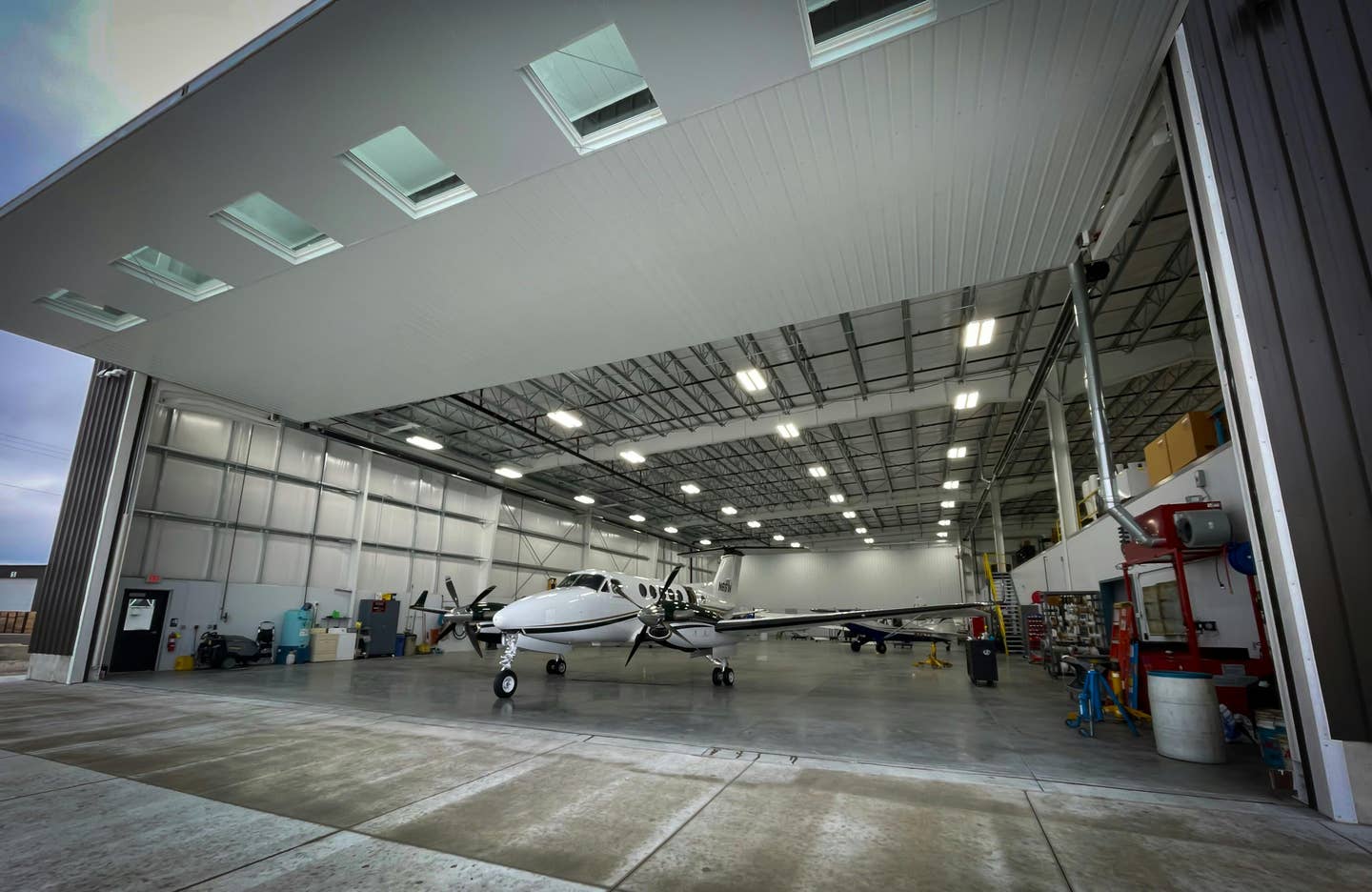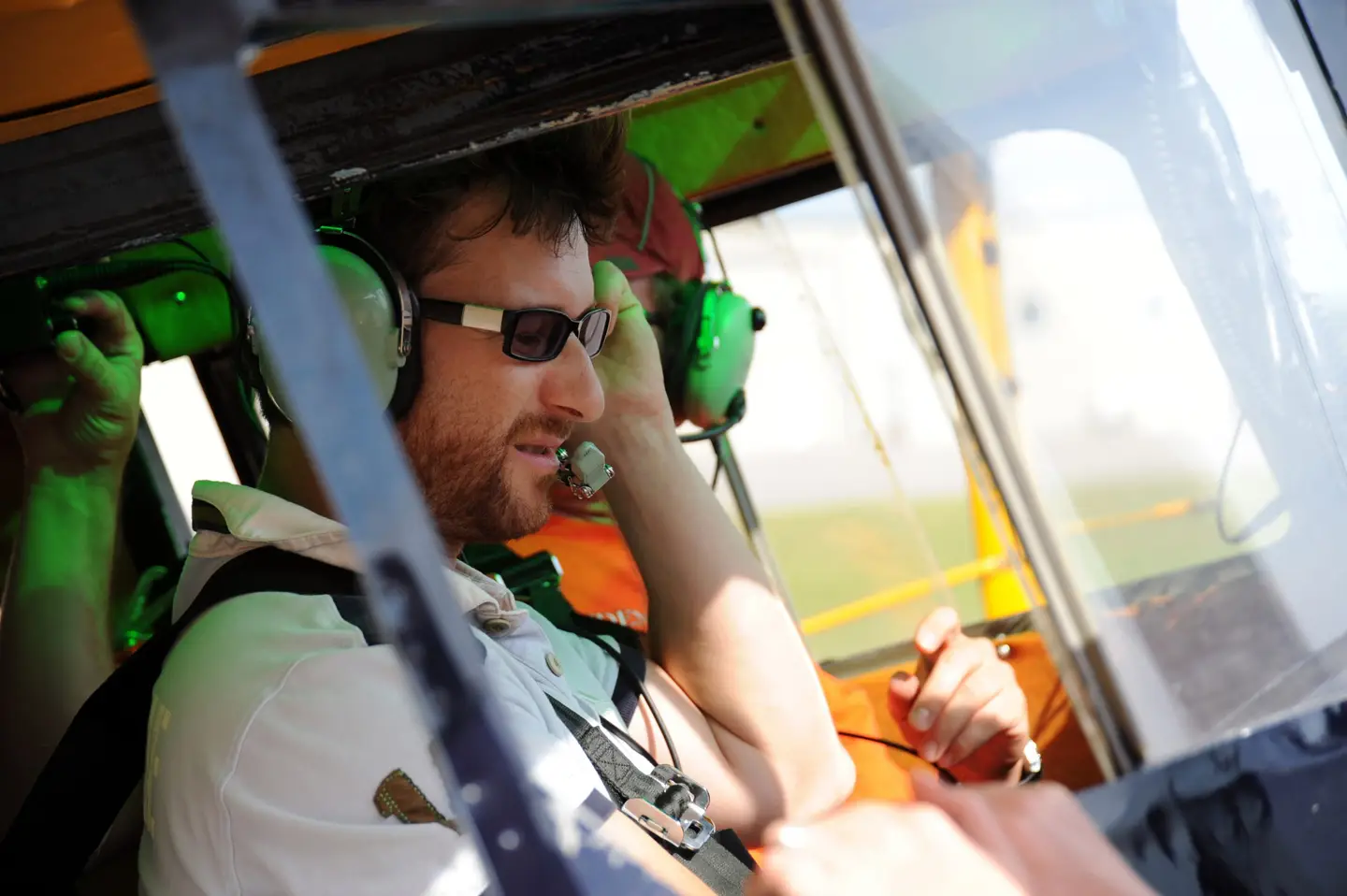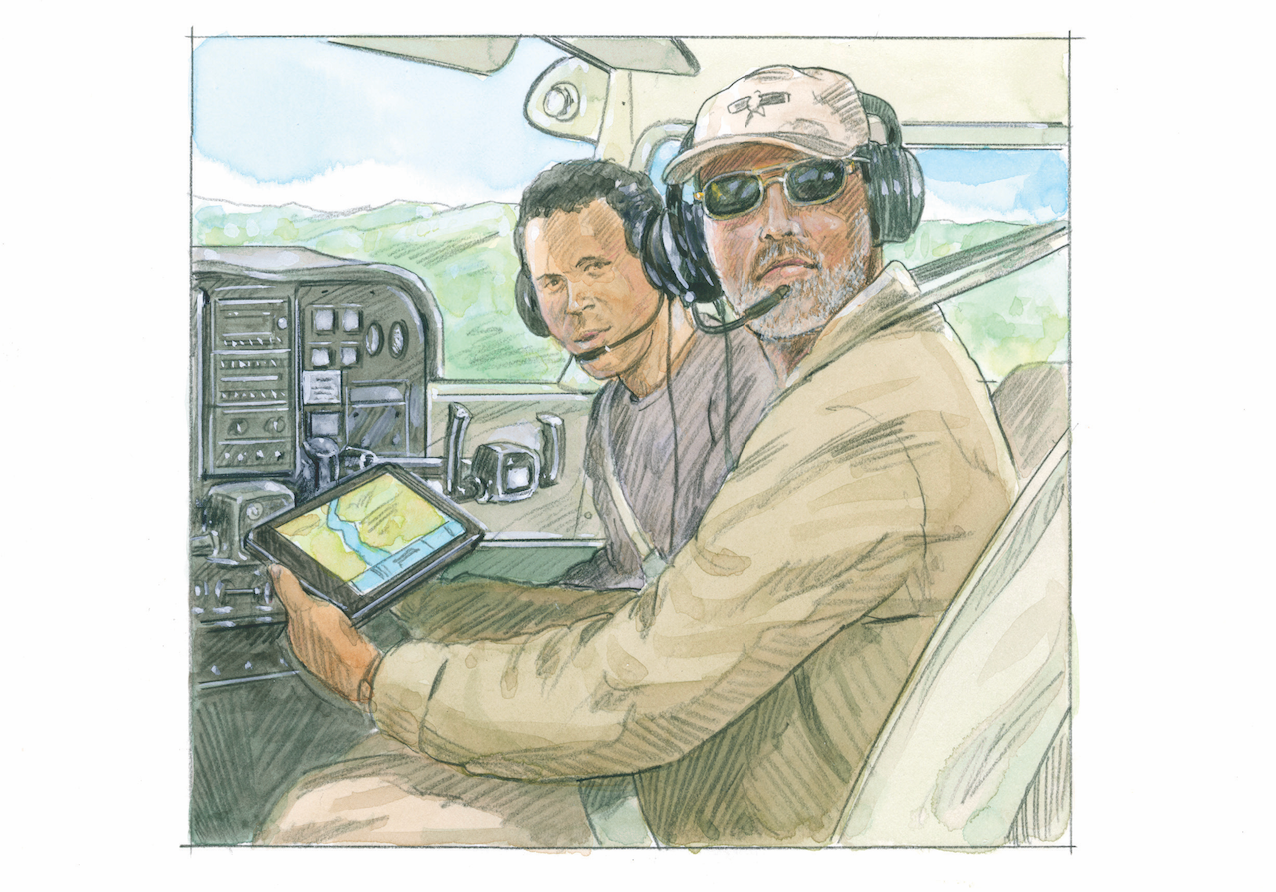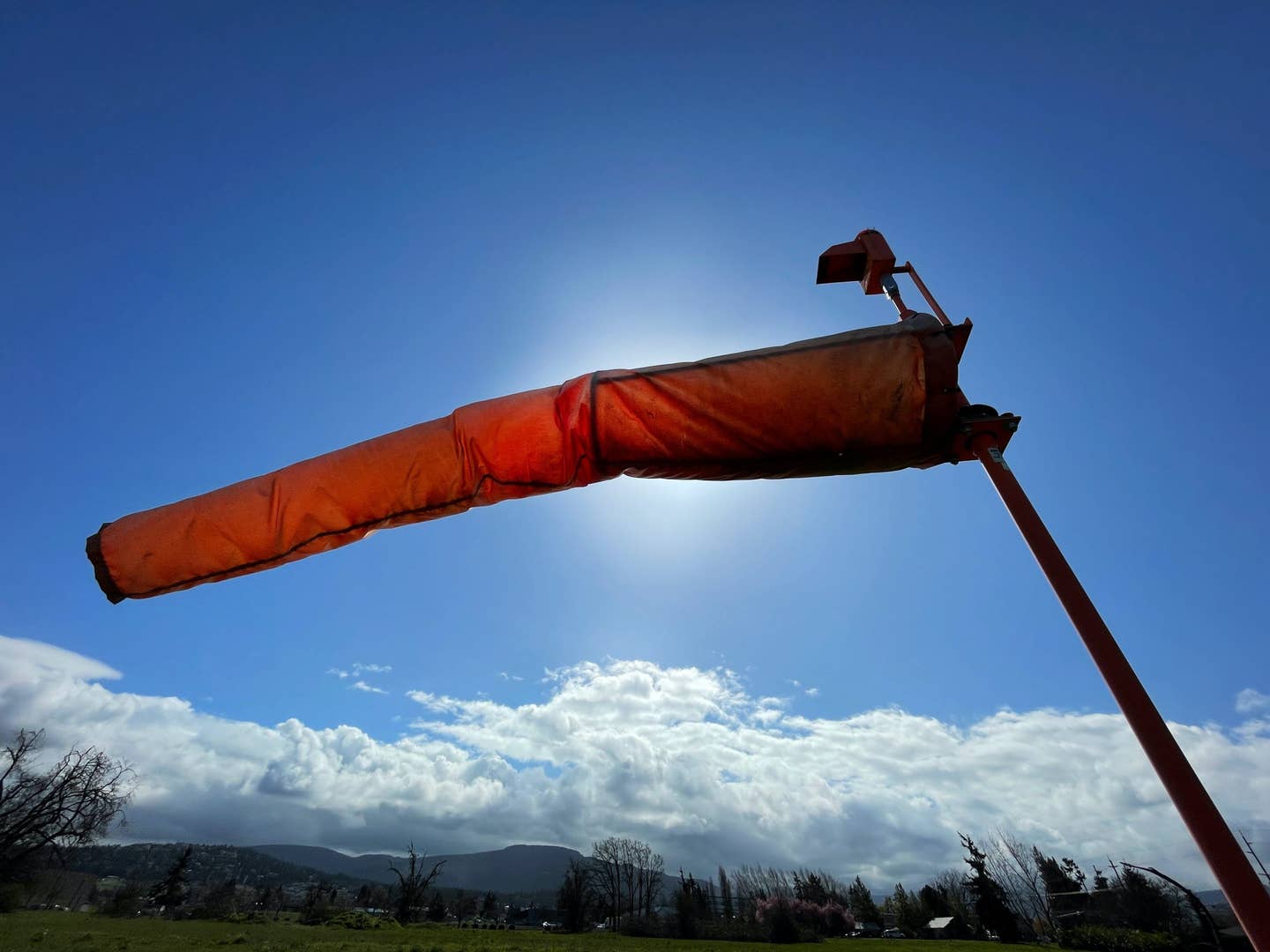9 Tips: How To Taxi At Big Airports
Taxiing at giant Class Bravo Airports is just like taxiing anywhere else, at least in theory. Here’s how to ace it.
Big airports can be scary. Getting into them includes lots of traffic and busy ATC controllers. But just getting there is only half the battle. What about when you get on the ground?
Taxiing around some of the nation's biggest airports can be downright scary and risky---if not for actual physical danger, at least for getting yelled at or violated if you don't follow directions properly or get lost!
Many general aviation pilots don't mix it up with the big boys from the airlines as regularly, and, as a result, don't keep those skills as sharp to be comfortable landing and taxiing around at places like Atlanta, Chicago or San Francisco. For the most part, that's okay. The truth is that controllers don't really want our little planes mixing it up with the bigger, faster blips on their screens.
And to be sure, most of us use outlying airports almost exclusively anyways. But what about where there's really a benefit to flying directly into JFK or LAX? Can you do it? Technically, yes. If you have the required equipment on your aircraft, there isn't anything stopping you from filing a flight plan, preferably an IFR one, in most cases, and heading into the meatgrinder of the taxi environment.
There are risks, however, not to mention landing fees, which can be steep. But there are things you can do to mitigate a few of the built-in hazards and be more successful if you choose to, say, pick up or drop off a friend or family member who happens to be catching an airline flight, as I did with a friend recently at Chicago's O'Hare Airport, often the nation's busiest airport.
Now, I'm going to assume you've made it successfully to the ground and go on from there to specifically address some of the risks and mitigations to ground operations.
First, let's talk about exiting the runway.
1. Get off the runway of landing, and keep moving. Probably.
Keep in mind that after you've shot your approach and landed, there are going to be aircraft right behind you. Perhaps close behind you. Maybe lots of them. And maybe big ones. It means that you should be ready to keep taxiing off the runway or at least onto a taxiway that's clear of impeding other aircraft from exiting the runway.
Be ready with a ground control frequency that you'll be using when off the runway, and ready to copy and proceed with at least the first segment or two of a taxi clearance. But don't go too far without talking with someone. The ground environment at busy airports also will have multiples of aircraft traveling around, and a flow develops that you need to be ready to mix into.
How about getting around?
2. Use a good airport diagram.
Taxi diagrams for big airports are detailed. Use them and any other associated resources. Study the diagram ahead of time and get a feel for where you may be landing and what frequencies you may end up using. Note that there may be different ground control frequencies for different sectors on the field. If you can prepopulate some of these in your coms, it definitely helps.
3. Write down ALL clearances and instructions.
I'm a pretty active pilot and comfortable at many of the airports at which I fly regularly. I'll admit the bad habit of not writing taxi clearances down many times at a local Class D airport that I know well. I can't even imagine NOT writing down my taxi clearances at Denver, Dulles or Dallas. You can expect that you won't always get a taxi clearance that even takes you all the way to your intended parking location. It may be just enough of a set of instructions to get you to a runway at which you will have to hold, or even just a transition point where one ground controller will hand you off to another one. Yes, at big airports, there are taxi handoffs.
Airlines are successful at big, busy airports by cheating to some degree. Take a couple tips from them.
Are you an aviation enthusiast or pilot? Sign up for our newsletter, full of tips, reviews and more!
4. Operate with multiple pilots.
Having one pilot to physically taxi and another to look at a taxi diagram and compare that with what they're seeing outside---while they don't have to also steer the aircraft--- spreads the workload. Do it in your private aircraft also. It gives you a second set of ears to verify any clearances you think you might have heard.
5. Diagrams, diagrams and, more importantly, georeferenced electronic flight bag taxi diagrams.
The days of an old piece of paper you printed off an internet website taxi diagram should be over. Get with the program and have the right tools for the job. An electronic flight bag with a georeferenced taxi diagram that shows the ship's position on that diagram is immensely helpful. It lets you track your progress, verify position and help you identify where you're going. I wouldn't do one of the super-busy airports without them anymore. Oh, and make sure it's charged.
6. Construction notice diagrams.
Many big airports are constantly under some sort of ongoing expansion, revamping or construction. This can significantly impact potential taxi routes when you're on the ground. Looking at these (available from the FAA ) can help you figure out some potential limitations to taxi routes before you even leave for the airport and let you plan ahead.
With all these points mentioned, a few hard and fast rules that should always be remembered and don't require long explanations include:
7. Never cross a runway without confirming a "cleared to cross" and the runway from either a ground or tower controller.
This is how runway incursions occur. It's always better to hold short and wait for additional instruction if in doubt or query than to proceed onto a potentially active runway.
8. Always be willing to ask for clarification or speak up if you took a wrong turn.
I missed a turn on G3 at my recent trip to O'Hare and rolled to G2, at which point I quickly noted my mistake to the ground controller, who gave me a quick "180 if able back to G3 to A to the Alpha bridge!" Continuing without bringing that up immediately was going to lead me nose to nose with an opposing 777. I think I know who would have won that battle.
9. Use "Progressive Taxi" whenever you think it's necessary.
It may feel like you're annoying to the ground controller, but I assure you that an aircraft that has asked for progressive and is getting a little extra babysitting from the watchful eye of a ground controller is preferred to one that will end up in the wrong spot and in the way, or worse, cause an incursion.
Taxiing around really big airports can be nerve-racking and scary, especially if you don't do it often. Your taxi routes won't always end up being the straightest line to your destination for parking or from a parking location to a runway from which you will depart. These airports many times will have designated runways for landings and others for takeoffs, keeping the flow of aircraft humming along. When you step back and look at it, it really can be a pretty cool flow of things to watch sometimes.
Should you do it? Honestly, if you're at all shaky about your flying when going into and back out of, let's say, Class C airports, then the answer is a giant-sized "no." But if you're on top of your game, with some solid preparation, most active general aviation pilots can successfully fly into and taxi around these biggest airports. And it's a very cool item to cross off your bucket list.
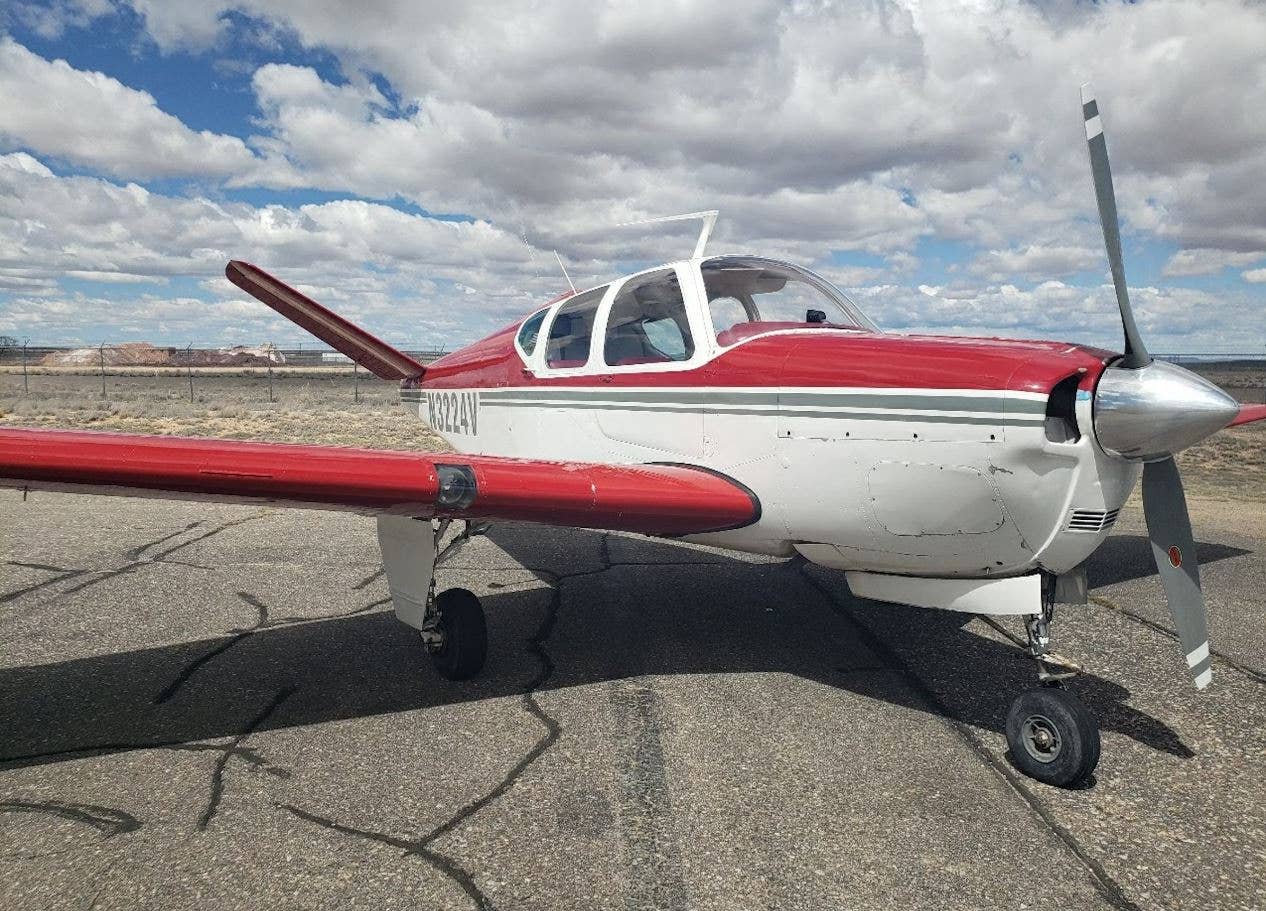
Subscribe to Our Newsletter
Get the latest Plane & Pilot Magazine stories delivered directly to your inbox


